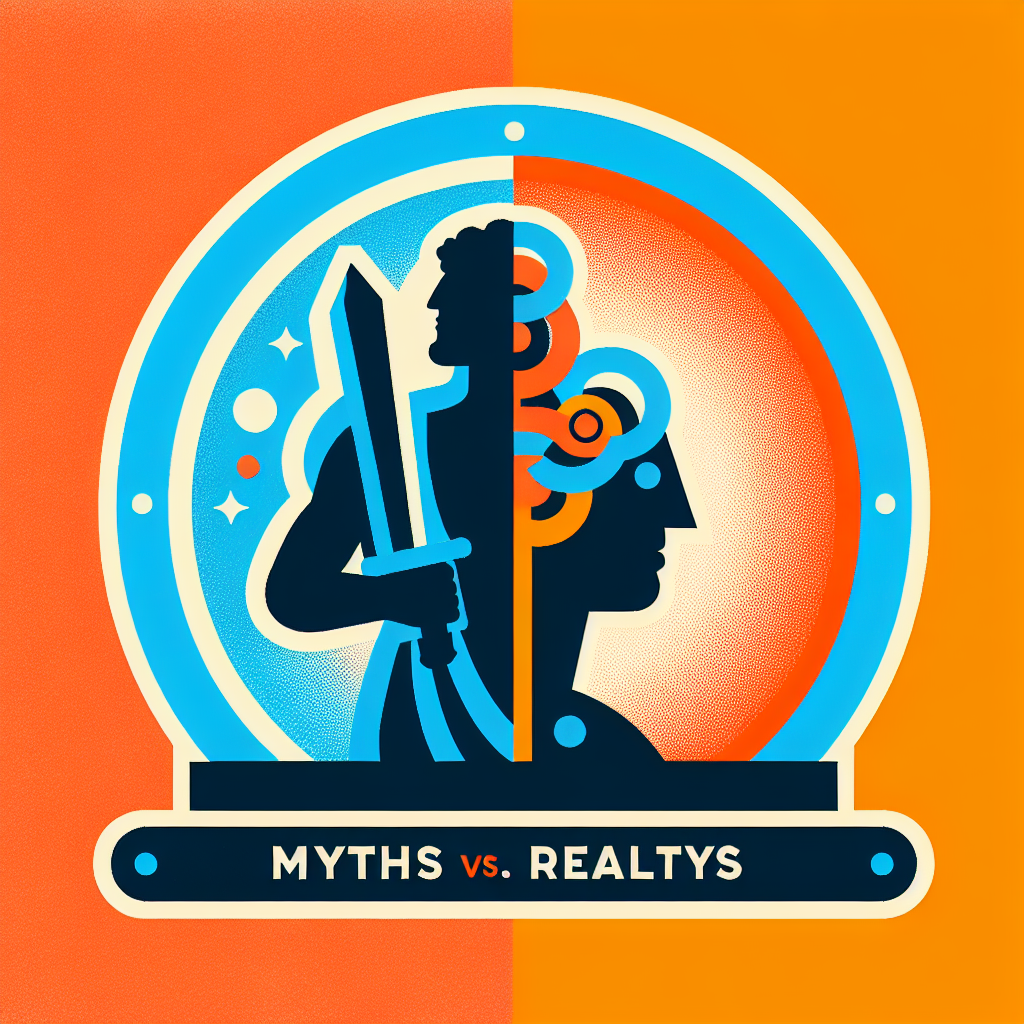Artificial Intelligence (AI) has been a buzzword for quite some time now, with promises of transforming industries and revolutionizing the way we live and work. However, there are many myths and misconceptions surrounding AI software that often cloud our understanding of its capabilities and limitations. In this article, we will explore some common myths about AI software and separate them from the realities.
Myth #1: AI software can think and reason like humans
One of the biggest misconceptions about AI is that it can think and reason like a human. While AI has made significant advancements in recent years, it is still far from achieving human-level intelligence. AI software operates based on algorithms and data, making decisions and predictions based on patterns it has been trained on. It lacks the ability to think abstractly, understand context, and make judgment calls like a human can.
Reality: AI software is powerful at processing large amounts of data and identifying patterns, but it cannot replicate human intelligence.
Myth #2: AI software will replace human jobs
There is a fear that AI software will automate jobs and render humans obsolete in the workforce. While it is true that AI can perform certain tasks more efficiently and accurately than humans, it is unlikely to completely replace human workers. AI software is best suited for tasks that are repetitive, data-driven, and require processing large amounts of information. Human workers, on the other hand, excel at tasks that require creativity, empathy, critical thinking, and complex decision-making.
Reality: AI software will augment human capabilities and create new job opportunities, rather than replacing them entirely.
Myth #3: AI software is unbiased and objective
Another common myth about AI software is that it is unbiased and objective in its decision-making. However, AI software is only as unbiased as the data it is trained on. If the training data is biased or contains errors, the AI software will produce biased results. Additionally, AI algorithms can also inadvertently learn biases from the programmers who develop them, leading to unfair outcomes.
Reality: AI software can be biased and discriminatory if not properly trained and monitored.
Myth #4: AI software is infallible
Some people believe that AI software is infallible and always produces accurate results. However, like any technology, AI software is prone to errors and limitations. AI algorithms can make mistakes, especially when faced with incomplete or noisy data, unexpected inputs, or adversarial attacks. It is important to understand the limitations of AI software and not rely on it blindly.
Reality: AI software is powerful but not infallible, and it requires human oversight and intervention.
Myth #5: AI software is a black box
There is a misconception that AI software operates as a black box, with no visibility into how decisions are made. While some AI algorithms, such as deep learning neural networks, can be complex and opaque, there are efforts to make AI more transparent and explainable. Explainable AI (XAI) techniques aim to provide insights into how AI algorithms work and why they make certain decisions.
Reality: AI software can be made transparent and explainable through XAI techniques, allowing users to understand and trust its outputs.
FAQs about AI software:
Q: Can AI software learn on its own?
A: AI software can learn and improve its performance over time through a process called machine learning. However, it requires human supervision and feedback to ensure it learns the right patterns and makes accurate predictions.
Q: Is AI software safe and secure?
A: AI software can pose security risks, especially if it is vulnerable to attacks or malicious inputs. It is important to implement security measures and protocols to protect AI systems from cyber threats.
Q: How can I trust the results produced by AI software?
A: Trust in AI software can be built through transparency, explainability, and validation. By understanding how AI algorithms work, why they make certain decisions, and testing their performance, users can trust the results produced by AI software.
Q: What industries can benefit from AI software?
A: AI software has applications across various industries, including healthcare, finance, retail, manufacturing, and transportation. It can be used for tasks such as predictive analytics, process automation, image recognition, natural language processing, and more.
In conclusion, AI software holds great potential to transform industries and improve our lives, but it is important to separate myths from realities when it comes to its capabilities and limitations. By understanding the true nature of AI software and its applications, we can harness its power responsibly and ethically. As AI continues to advance, it is crucial to stay informed and educated about its developments and implications.

